Video Surveillance Cameras: What you should know when considering analog or IP
The need for security systems and the availability of surveillance technology both will grow. The two most important parts of a video surveillance system are IP-based cameras and analog cameras.
Compared to IP cameras, analog cameras are easier to use and operate more linearly. The Internet Protocol, a set of guidelines for controlling data transfer from one computer to another, is how IP cameras work. This kind of camera often includes several features.
You would assume that an IP camera would be the obvious choice when deciding which option is ideal for a company. Considering that they are digital, they may represent the enterprise security camera systems of the future, depending on the size and security requirements of your company.
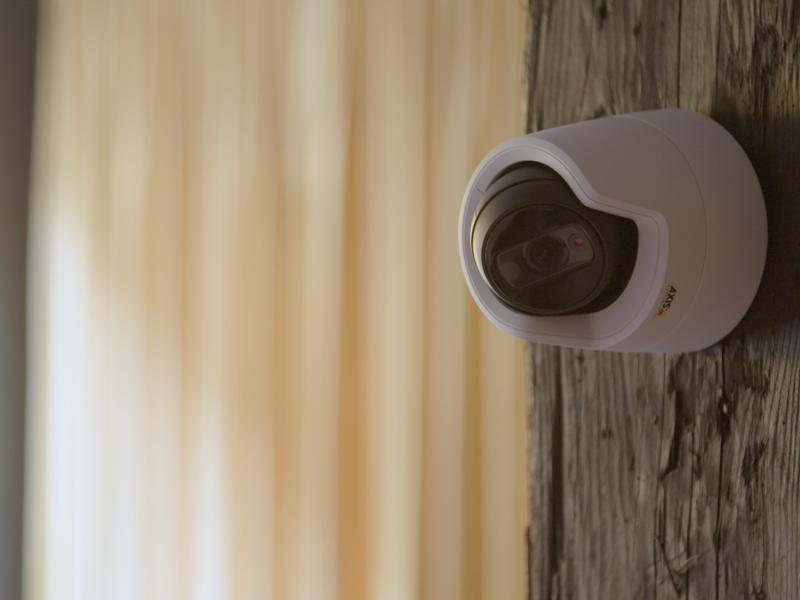
Video surveillance cameras for business
- Business security cameras with enhanced coverage and IR that improve situational awareness
- Video analytics with AI to find incidents
- Hours of video are easily sorted through by Video Search to locate a suspicious person or vehicle.
- Integrates with third-party ONVIF® compliant platforms
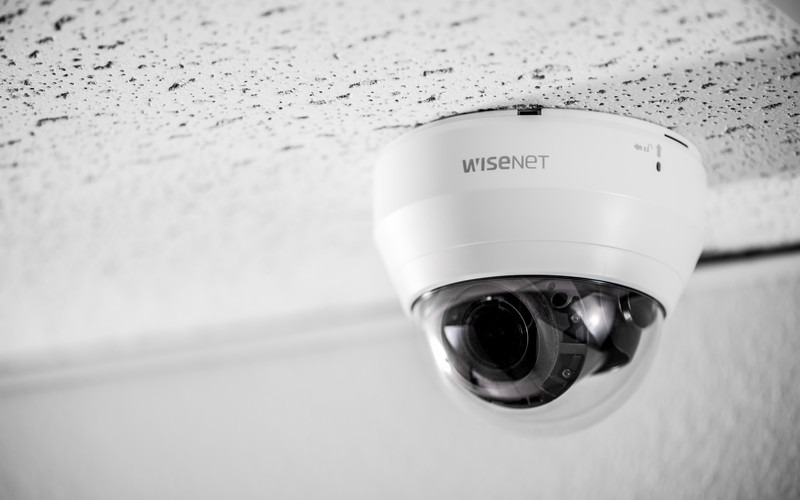
Analog camera solutions and their advantages
The conventional cameras used in camera systems are analog ones. They capture images on a video recorder and transmit them to a digital video recorder using a coaxial wire (DVR).
There are different types of analog cameras. These include:
- Bullet cameras
- Dome cameras
- Box cameras
Analog systems provide a lot of benefits. One of the main advantages is their price; especially when their camera count rises, they can cost considerably less than IP cameras. Another benefit is that they are well-known and simple to locate. Due to its widespread use, you could find it simpler to locate installers and dealers. By virtue of their very presence, your organization is guaranteed to be safe and invaders are made aware that you have a line of defense.
Another important advantage of analog cameras is their simplicity. Like DVRs, they are quite simple to operate. Moreover, analog camera technology has advanced. The visual quality and resolution have greatly improved with high definition (HD) analog. It’s remarkable that four and five-megapixel HD analog cameras are available, says Tim Sutton, director of security at GHG Management to SecurityMagazine.com.
Cloud Based Access Control
Learn about cloud based access control system and its futures.
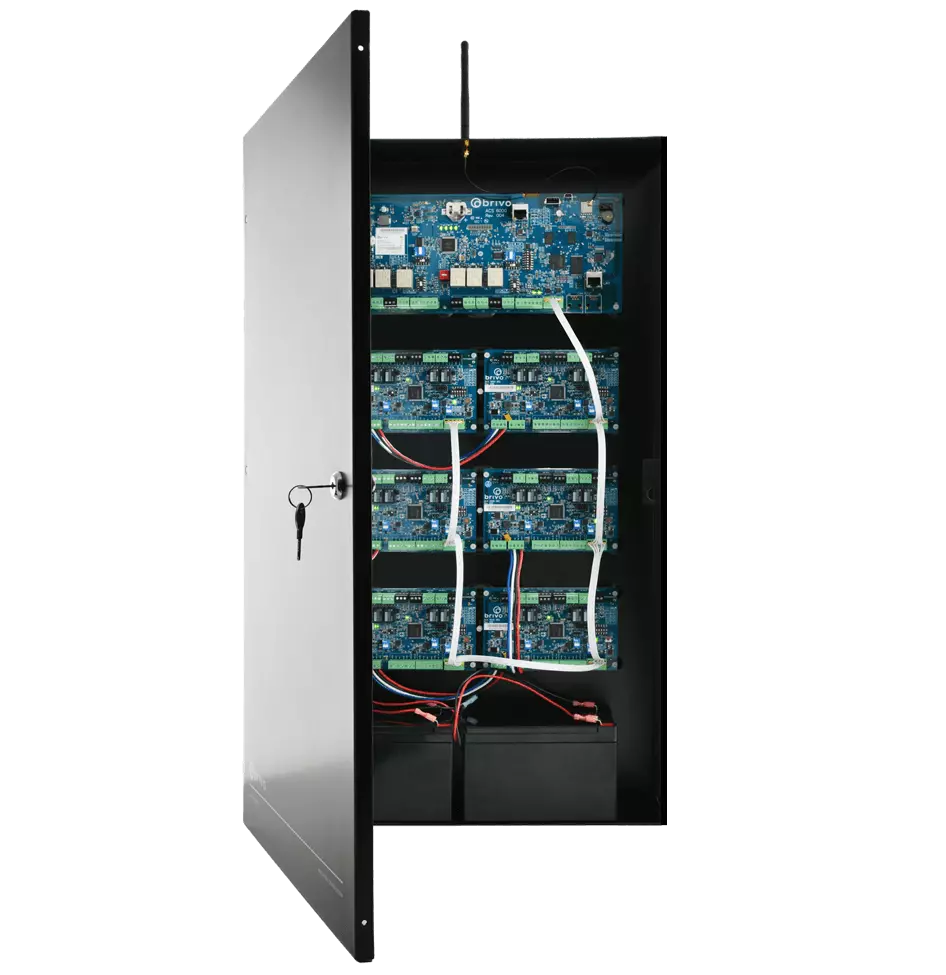
The cons of using analog cameras for video surveillance
You may not obtain the best image quality compared to an IP camera. Because analog cameras’ frame rates are lower, it is challenging to discern images with great resolution or that are in motion. The pictures may be grainy or fuzzy and aren’t as crisp. Moreover, analog cameras lack the same zooming features as IP cameras have.
How much coverage an analog camera can provide is still another conundrum. To cover an area that one IP camera can, it could need three or four cameras. Point-to-point cabling and connectivity are also needed for DVR-based technologies. To fully use them, you also need two more cables: a power cable and a DVR cable.
Analog cameras don’t support encryption, either. This implies that a hacker could be able to access your information or switch out your signal with one from the outside.
Access Your Office with Smartphone
Discover why thousands of companies have Access Control System
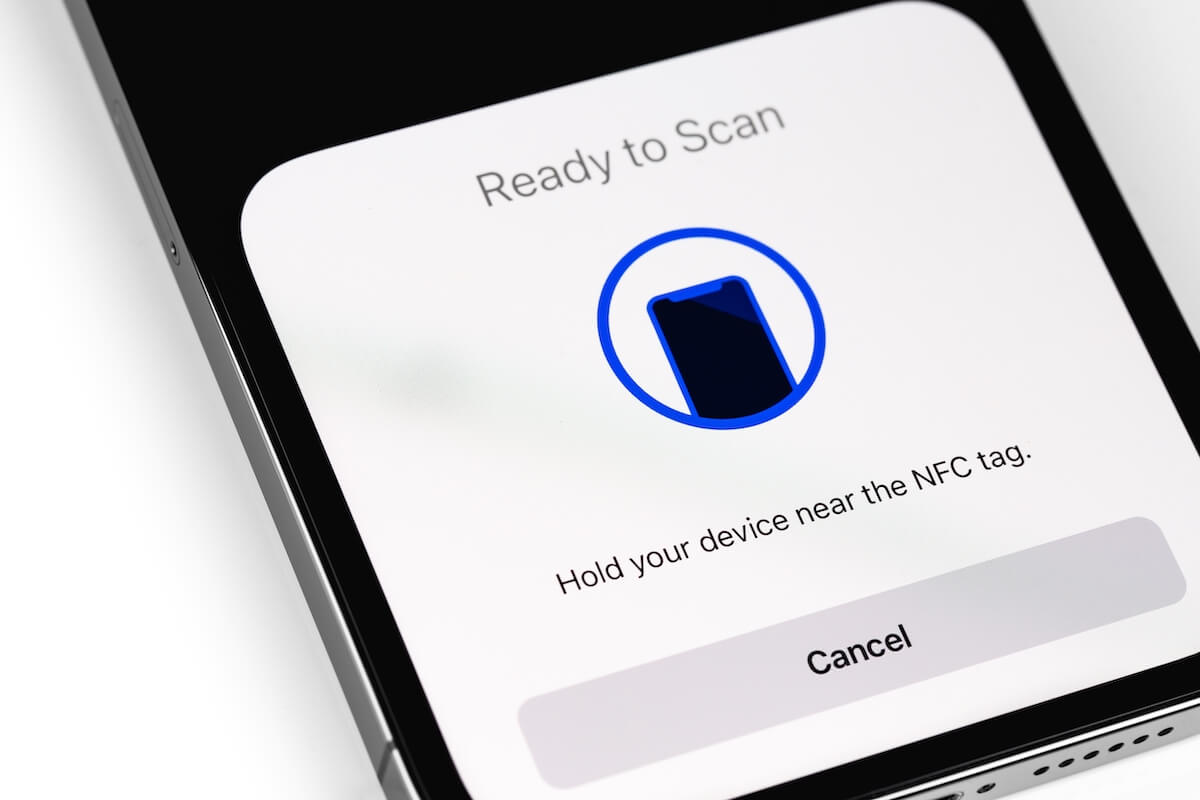
The benefits of IP video surveillance systems and NVRs
Instead of using cable systems to transmit data, IP video surveillance systems employ an IP network. They transmit information to a network video recorder through the internet or a local area network (NVR). Power over Ethernet (POE), a device with several ethernet connections that gives IP cameras power and connectivity, enables this.
NVR is essentially a piece of software that records your video content on a hard disk, USB, or other storage device in digital format. This implies that a complicated, boxy arrangement with several ports is not necessary. An NVR can be operated on a machine that has the necessary processing power. A computer or, in certain situations, other devices can be used to remotely see the video.
There are several advantages to IP cameras. First, compared to analog cameras, modern ones may produce images with higher picture quality. How? They have capabilities like megapixel sensoring and progressive scanning. Depending on your requirements, you may purchase cameras with various resolutions and aspect ratios. When compared to several analog security cameras, a single IP camera can cover a larger area.
Second, IP cameras can save you money in the following ways:
- Using network cables can reduce expenditures by 50 to 60 percent. Coaxial cables, PTZ control wires, audio wires, and power cables are all used in the more intricate wiring for analog cameras. Operations are streamlined using a single network wire.
- Also, IP camera systems now are substantially less expensive than they ever were.
- As there is a greater need for linked security, IoT has increased the popularity of these cameras. They are so common that you have a ton of affordable alternatives to pick from.
Their versatility and practicality are two additional advantages. The cameras do not require a direct connection to recording equipment. Your cameras may be positioned anywhere in the building that is near to the network. NVRs and virtual matrix software are not limited to the end of a coaxial wire; they may work anywhere you choose. Second, unlike analog cameras, which need encoders or decoders, IP cameras don’t need a lot of equipment.
IP cameras feature a wide range of potent analytic and encryption capabilities. First off, a lot of these cameras come with encryption pre-installed, keeping your data secure from the start. Second, IP cameras have the ability to detect disappearance and sound alerts. They have the ability to count people, track specific colors, detect motion or smoke, and flag undesirables. High-performing systems will include tools for keeping an eye on trends and offer simple means of reporting the data.
The challenges of working with IP video surveillance systems
IP surveillance systems have certain drawbacks despite their seeming novelty and excitement. IP video requires professional installation since it is a new technology needing higher technical skill levels. Getting qualified technicians is a constant struggle.
Also, there is a learning curve for using this kind of camera. You will need to be familiar with the necessary technicalities and teach end users and system integrators on them. Second, installing an IP camera might be expensive at first. But, you may argue that because it will be simpler to grow and modify your systems, you end up saving money.
Other disadvantages are:
- Storage and bandwidth requirements: Due to their better resolution, IP cameras produce bigger files than analog cameras. This indicates that they need more bandwidth, and your network’s capacity affects the video quality. As a result, you should change your storage space and prepare for bandwidth levels.
- Threat vulnerability: Systems that use IP have a variety of technologies and gateways. According to MDPI study, they include VPNs, gateways, several servers, WiFi, and access control systems. More complexity and a significantly wider attack surface result from this. Distributed denial of service attacks are targeted specifically against IP cameras (DDoS). They have even been used to mine cryptocurrencies while invading users’ privacy.
Yet that doesn’t imply that the technologies are unsafe. An IP camera’s level of data encryption and network security have a significant impact on its level of security.
- Potential for oversight: Your IP security camera installer may end up costing more than analog cameras if you don’t choose wisely. For instance, if you don’t keep track of the expenses associated with your IP Camera recording system licenses, they will end up costing far more than options that include embedding recording systems.
- Scalability: NVRs are often designed with a specific function in mind for each site. Adding more cameras to the network can be difficult or impossible.
Join UPS Stores Using Access Control
With Cloud Based Access Control, UPS Stores can regulate and track who enters its facility for PO Boxes.
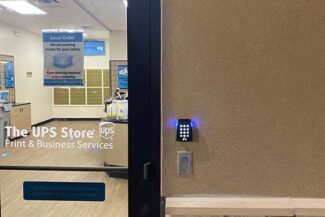
What environments are best for IP and analog cameras?
How useful your company security camera system selections are will depend on the situation. Think about the scale of your company. Consider IP cameras if your company needs more than 32 cameras. IP cameras could be less expensive when installation, cabling, storage, and video administration are taken into account. If you need to accomplish several security tasks simultaneously, such as monitoring, remote viewing, and operational capabilities, this sort of camera is perfect.
Some of the business environments and verticals where IP cameras are common are:
- Larger enterprises
- Education
- Transportation
- Government
- Retail
- Hospitals
- Distributor companies
- City-wide surveillance
For end users with a single location and smaller enterprises (particularly retail), analog cameras could be a better option. They may be able to get by with a DVR. They could also be simpler to install and remove than digital alternatives. It’s interesting to note that experts believe casinos provide a good location for analog cameras. Any lags in camera control or visual display are intolerable in casinos. Real-time surveillance and hardware-based control are offered by analog cameras.
Are hybrid systems the best of both worlds?
The decision between analog and IP systems isn’t always obvious when evaluating your video surveillance storage alternatives. As a result, interest in hybrid systems is growing significantly. You can capture video from both analog and IP security cameras with a hybrid security system, as you would have guessed. Via a hybrid video recorder, it will send the recordings (HVR).
Your analog and IP cameras can be connected using an HVR. They may bridge the gap between legacy technology and IP technology by integrating and expanding with more cameras. They can handle better quality cameras and are useful for remote monitoring (1080p or greater). The cutting-edge models of today may be controlled via a smartphone app.
Of course, HVRs also have their share of difficulties. First off, this technology may cost more and necessitates a greater equipment footprint than DVRs. They are also less computationally powerful than an NVR. They can’t support a lot of IP cameras with high megapixel counts, and they can only handle a restricted fraction of IP cameras in general. Because of this, scaling the technology is challenging.
What additional security camera system choices do I have?
In addition to DVR, NVR, and HVR, video management software solutions are an option (VMS). You can use both analog and IP cameras to their full potential with the aid of VMS. Use video encoders to combine the features of IP cameras with the functionality of analog cameras.
You may simultaneously see past and present events using VMS systems. There are several software solutions that let you use a mobile app or the internet to access a live video broadcast. You may employ remote surveillance monitoring using a web browser or a client thanks to the software’s usability. Your security program can be scaled more easily because to VMS’s decentralized architecture.
Analytics is another advantage of software systems. Motion, facial recognition, and any problems with your access control systems should all be detectable. Also, you may check to see if anything is missing or if a camera has been physically tampered with.
A VMS has a learning curve, just like any piece of software. This system can have a complicated user interface since it is more resilient and broad. They could also cost extra. A VMS, however, can be the ideal choice for your company if you want to keep adding cameras to your network and accessing analytics.
Points of consideration when you’re researching video surveillance camera solutions
Choose the surveillance cameras that are ideal for your particular firm first. With IP cameras, it’s simple to fall victim to “shiny new object syndrome” and be mesmerized by everything they can do. You might not require the additional features and capabilities, though.
Ask yourself:
- What do we really need?
- What’s a realistic budget?
- Does the vendor we’re talking to right now understand the technology and our network needs?
- Do they have experience with our industry?
- Does this investment align with our overall security goals?
- Will we be able to adjust this solution as our business grows?
If you want to improve your security but are on a tight budget, experts like Sutton advise beginning by updating a few cameras at once. Create a strategy to include more IP cameras while replacing the most crucial analogs. Make sure your security camera system is built for endurance and future business expansion.
Reap the benefits of different video surveillance systems?
There are several types of video surveillance security. It is true that IP-based cameras are more technologically advanced and receive more positive press. Nonetheless, in some settings and circumstances analog cameras will suffice or even be the preferable option.
Would you like the best of both worlds? Think about options that enable you to expand your business while accommodating different camera kinds and scales.
To enhance the performance of your system, consider choices where you may merge and simplify numerous solutions into one. You must take full use of video surveillance in order to defend your business. Fortunately, you can do just that now thanks to a variety of video surveillance camera options.






